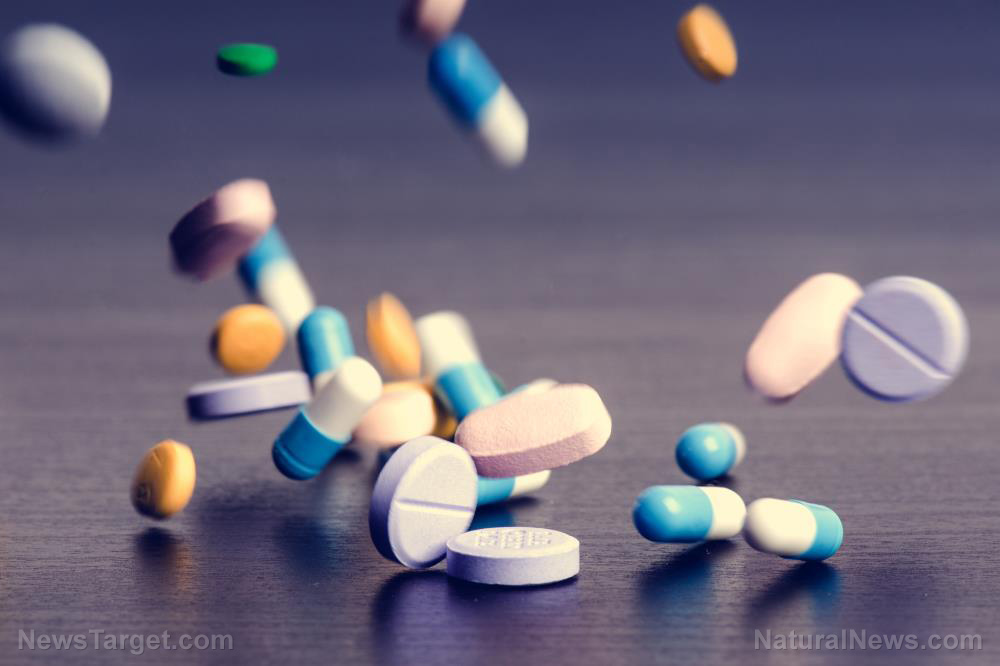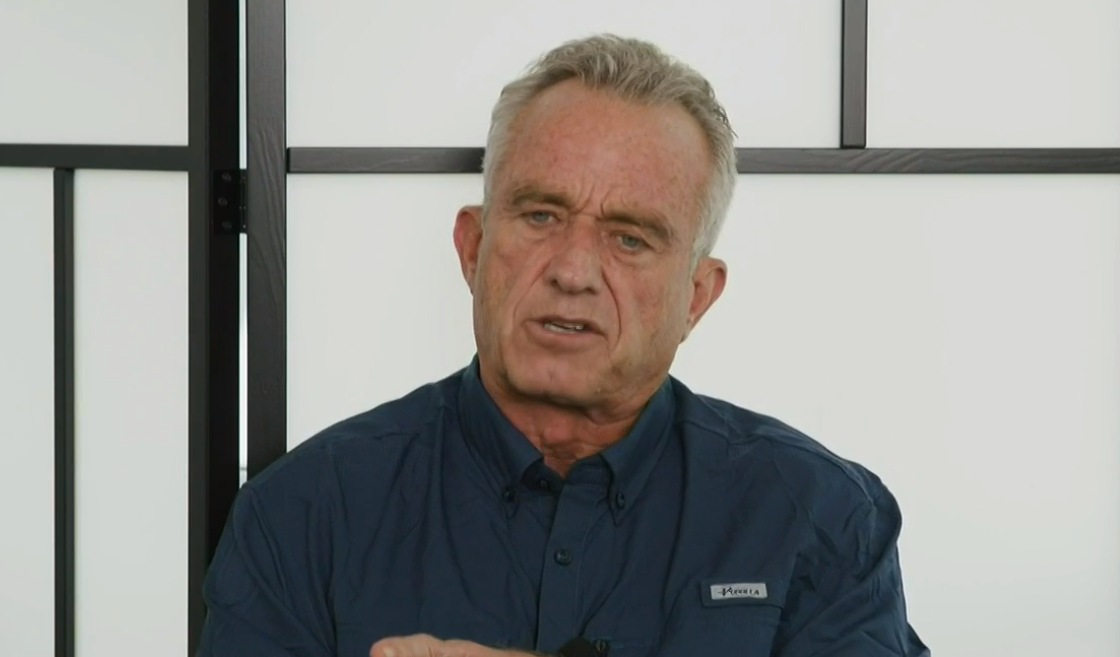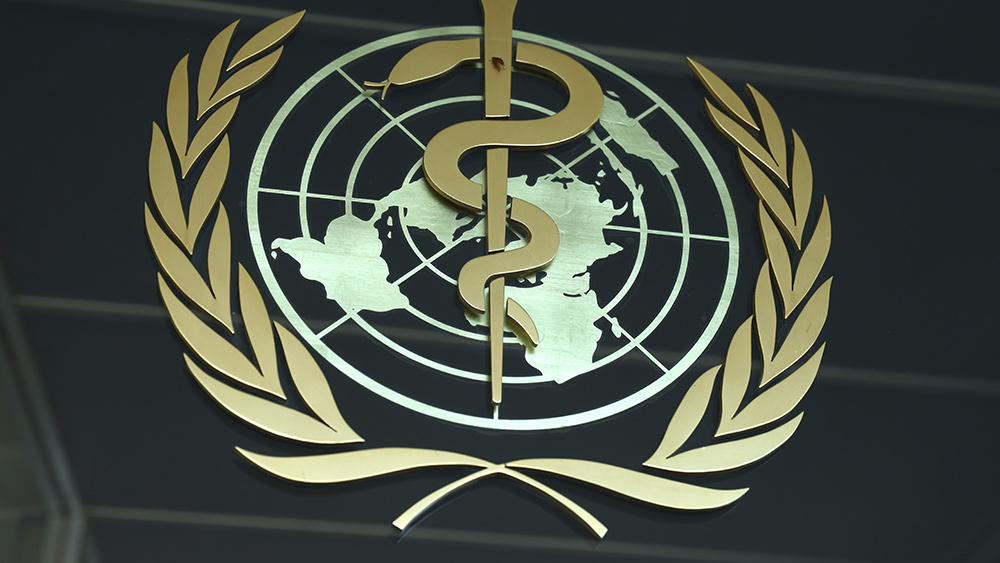
Family Dollar announced the recall on Oct. 5.
According to the notice, Family Dollar is voluntarily recalling some OTC medications and medical devices that are regulated by the agency because the items were "stored outside of labeled temperature requirements by Family Dollar" and shipped to stores between June and September.
The items were sold between June 1 and Oct. 4.
Family Dollar issues recall ahead of customer complaints
No consumer complaints have been reported, according to the notice. Instead, Family Dollar allegedly issued the recall "out of an abundance of caution."
The FDA warned shoppers that the massive product recall applies to products that were sold in:
- Alabama
- Arizona
- Arkansas
- California
- Colorado
- Florida
- Georgia
- Idaho
- Kansas
- Louisiana
- Mississippi
- Montana
- Nebraska
- Nevada
- New Mexico
- North Dakota
- Oklahoma
- Oregon
- South Dakota
- Texas
- Utah
- Washington
- West Virginia
According to the notice, Family Dollar has already notified affected stores and instructed them "to check their stock immediately and to quarantine and discontinue the sale of any affected product."
Additionally, shoppers who bought affected products may return them to the Family Dollar store where they were bought even without receipt.
The recalled products include a range of common and popular OTC drugs made by:
- Advil
- Bayer
- Colgate
- Crest
- Fleet
- Nyquil
- Pepto-Bismol
- Swan
- Tylenol
- Vicks
The full list of products, which includes dozens of various items, can be accessed at the FDA's website.
The agency advised customers with any questions about the recall to contact Family Dollar Customer Service at 844-636-7687 between 9 a.m. and 5 p.m. ET.
Consumers who have experienced any health-related problems in connection to the affected products are advised to consult a doctor or health care provider. (Related: Food safety watchdogs issue warning over contaminated cheese; Brit dies amid listeria outbreak.)
The FDA also told customers to report adverse reactions to the federal health regulator's MedWatch Adverse Event Reporting program through its website, by regular mail or by fax.
Prescription drugs, OTC medications and supplements generally need to be stored at temperatures listed on their product labels. Most of these products need to be kept away from sunlight, high temperatures and high humidity.
Storing medicine at the wrong temperature can cause a "loss of potency or even reduce the effectiveness of the medication."
Amanda Savage, an assistant professor at the University of North Carolina's Eshelman School of Pharmacy, said that consumers should also stop storing medications in bathrooms because these areas of the house are exposed to high temperatures and high humidity.
Previous FDA recall includes blood pressure medication
Earlier in October, an FDA notice also announced the recall of a blood pressure medication due to the presence of the synthetic opioid oxycodone, which may be mixed with the product and can cause adverse reactions.
KVK-Tech confirmed that it is recalling one lot of 10 milligram (mg) betaxolol tablets, which were distributed around the country to retailers and wholesalers. The batch is being recalled as a precaution after an oxycodone tablet was found on the packaging line during line clearance when the batch was packaged.
According to KVK-Tech, there have been no reports of a "foreign tablet" having been found inside betaxolol bottles to date. The recall notice said the betaxolol package insert warns about "slowing in the heart rate in elderly patients" which could be worsened "by inadvertent opioid administration."
The notice also said some patients prescribed low-dose betaxolol might "have compromised heart and lung function that is also likely to be exacerbated by an opioid."
Additionally, there are only minor differences in appearance between betaxolol 10 mg tablets and oxycodone 5 mg tablets, which could be dangerous because they might not be noticed by "a regular user of the 10 mg betaxolol tablet."
The notice warned that patients who are at risk of an overdose are likely to be negatively affected by receiving oxycodone, a powerful opioid drug that led to an epidemic in the early 2000s.
Visit Poison.news for more information about other harmful ingredients in products.
Watch the video below to learn how to detox for optimal health.
This video is from the Health Ranger Store channel on Brighteon.com.
More related stories:
Cancer-causing chemical found in 21 hand sanitizer brands, say scientists.
Pfizer recalls migraine drug due to poisoning risk, packaging issues.
Sources include:
Please contact us for more information.






















